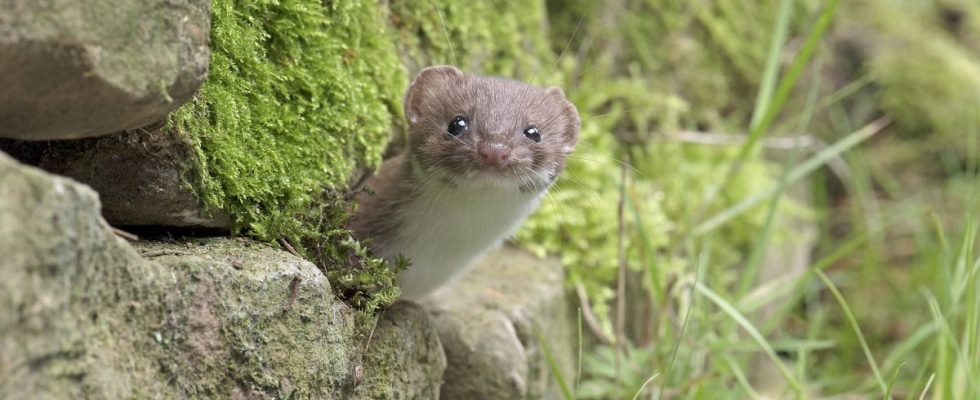I hear the wolf, but no longer the fox or the weasel. While it is true that wild boars are rarely seen in the streets of Lille, the ecological corridors have on the other hand allowed other species, such as the red fox, to poke their noses again in the capital of Flanders. Except that the fox and other small wild beasts are considered harmful species, good to kill. And it is not to the taste of the town hall of Lille, which supports animal defense associations to stop the massacre.
On the whole of French territory, six species are classified as “Esod”, meaning species likely to cause damage. A ministerial order listing raccoon dog, raccoon, American mink, nutria, muskrat and Canada goose. To these species, for the Nord department, the decree adds martens, foxes, rooks, black crows, magpies, wild rabbits, wood pigeons and wild boars. As such, the animals on this list can be “destroyed” systematically, even if there are some nuances, particularly geographical ones.
A “discriminatory classification”
The city of Lille considers that this “discriminatory classification”, established following “political and administrative” decisions, confirms the negative impact of human activities on the survival of wild species. Affirming that the criteria of environmental code to define the Esod are not reached for the species targeted in the North, the municipality regrets that “this list therefore condemns ”for nothing” hundreds of thousands of animals”.
Lille therefore joins the fight of many associations which intend to remove species unfairly considered harmful from the red list. A fight that is not necessarily lost in advance since these same associations won a battle in 2021 before the Council of State, allowing the polecat to no longer be considered an Esod throughout the territory. Other species have been removed from the list, but locally this time. This is particularly the case of the red fox in Yvelines, part of the Vosges, Essonne and Val-d’Oise.

